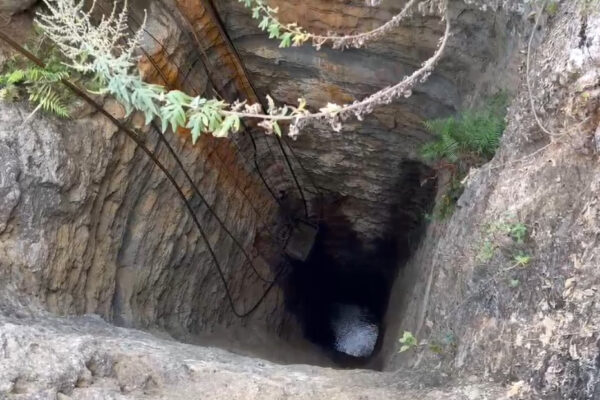BJP MP from Arunachal Pradesh, Tapir Gao, has raised grave concerns over the potential impact of China’s proposed Great Bend Dam on the Yarlung Tsangpo River, warning that the project could have devastating effects on Northeast India. Speaking at the International Seminar on Ensuring Water Security, Ecological Integrity, and Disaster Resilience in the Sub-Himalayan Region in Guwahati, Gao highlighted the risks posed to the downstream regions of Arunachal Pradesh, Assam, and the broader Northeast.
Gao explained that China has initiated the construction of a 9.5-kilometer-long, 9,500-meter-high dam as part of its water diversion plan, which aims to reroute water to the Yellow River. He cautioned that the dam could drastically reduce the water flow into the Brahmaputra River, leading to ecological imbalances, drying up the river, and harming aquatic life. Gao also warned that local communities could face severe water shortages as a result of this disruption.
“If the water is diverted, the Brahmaputra will dry up, resulting in environmental damage, loss of fish species, and water scarcity that will affect local populations,” Gao stated.
The MP emphasized the need to address the issue at international forums, as India and China currently lack a water-sharing treaty. Gao described the absence of such an agreement as a significant obstacle in preventing China’s actions in Tibet from negatively impacting the northeastern states of India.
Criticizing China’s aggressive water management policies, Gao likened the project to a “water bomb” that could cause unpredictable and catastrophic consequences. He recalled the 2000 incident when China released a large volume of water, causing severe flooding in the Siang River. He warned that similar actions could have disastrous effects on downstream regions.
Gao praised Prime Minister Narendra Modi’s diplomatic efforts to resolve the issue and expressed hope that India’s engagement with China would lead to a positive outcome. He also stressed the importance of constructing a large dam on the Siang River to mitigate potential future risks. “The Indian government must act quickly to prevent devastation. If not, it will affect not only Assam and Arunachal Pradesh but also Bangladesh,” he added.
Experts at the seminar also raised alarms about the proposed 60,000 MW Great Bend Dam. They highlighted the risks of flash floods, reduced water availability, and the environmental impact on the fragile Himalayan ecosystem. The seminar underscored the potential dangers posed by the dam’s construction, which is expected to cost USD 137 billion.
The Brahmaputra River, which flows through Tibet, India, and Bangladesh, is a crucial water source for millions of people in the region. The proposed dam has sparked widespread concern due to the potential disruption of its flow and the environmental consequences for the surrounding regions.
While China claims the dam will contribute to achieving carbon neutrality by 2060, experts warn that its construction could have far-reaching environmental and humanitarian consequences.









